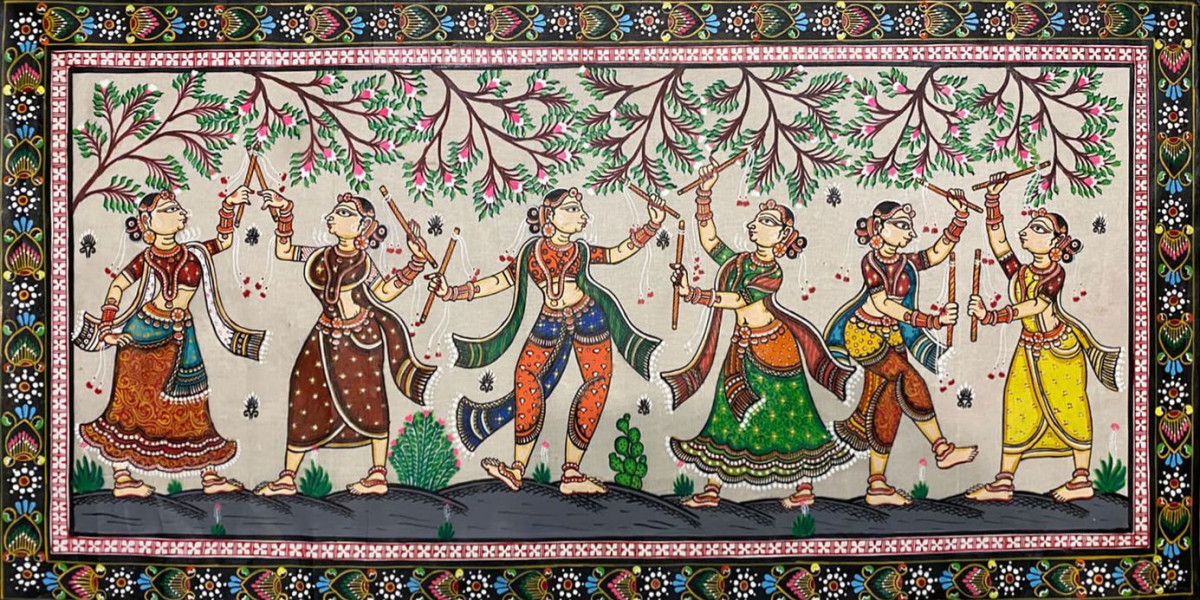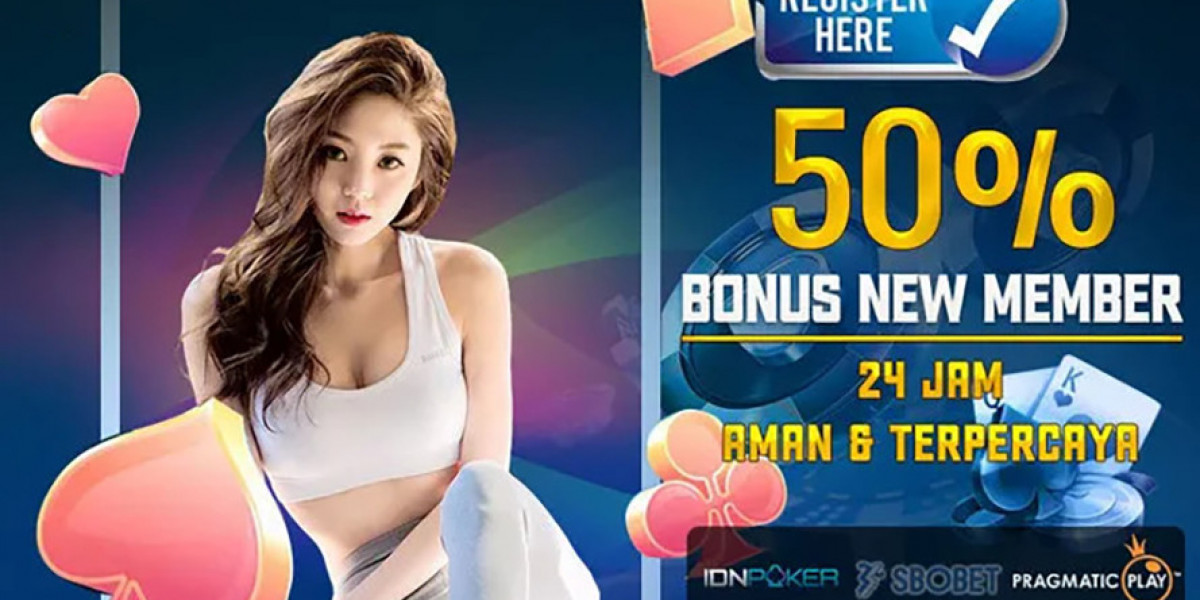Pattachitra, meaning "cloth picture" in Sanskrit, is a captivating art form that has graced the cultural canvas of Odisha for centuries. This traditional scroll painting, also known as Patta Chitra or Pattachitra Drawing, embodies the rich mythology, folklore, and vibrant spirit of the region. Let's delve into the fascinating world of Pattachitra Art, exploring its origins, history, meaning, themes, and key elements.
1. Origins and History: A Storytelling Legacy
The roots of Pattachitra art can be traced back to ancient temple murals dating as far back as the 5th century BC. These paintings, found in iconic sites like Puri, Konark, and Bhubaneswar, served as visual narratives, depicting scenes from Hindu epics and legends. By the 12th century, the art form had transitioned onto cloth canvases, becoming a cherished souvenir for pilgrims visiting the holy city of Puri.
2. Meaning and Significance: More Than Just Art
Pattachitra paintings are not simple decorative pieces; they hold deep cultural and religious significance. Traditionally, they depicted stories from the Mahabharata, Ramayana, and other Hindu scriptures, serving as tools for religious education and storytelling. The vibrant colors and intricate details captured the imagination of viewers, transporting them to the heart of mythical narratives.
3. Themes and Inspiration: A Window into Odia Culture
While religious themes remain central to Pattachitra art, its scope has expanded over time. Today, artists explore diverse themes like folklore, daily life, nature, and social issues. The iconic Jagannath triad of Lord Jagannath, Balabhadra, and Subhadra remains a popular subject, reflecting the deep devotion of the Odia people.
4. Elements of Beauty: A Visual Feast
The captivating beauty of Pattachitra art lies in its unique blend of elements:
Canvas: Traditionally made with cloth, often silk or cotton, treated with tamarind paste and clay.
Colors: Vibrant and natural, derived from sources like vegetables, minerals, and seashells.
Motifs: Gods and goddesses, animals, flowers, geometric patterns, and intricate borders.
Technique: No preliminary sketching, colors applied directly with fine brushes.
Style: Flat and two-dimensional, with strong outlines and expressive figures.
5. Pattachitra Beyond Odisha: A Glimpse into Variations
While Odisha is the heartland of Pattachitra, similar traditions exist in other parts of India, like Bengal Pattachitra. Each region adds its own unique touch, reflected in the choice of themes, color palettes, and stylistic nuances.
6. A Legacy Preserved: Keeping the Colors Alive
Today, Pattachitra art faces challenges like modernization and competition from mass-produced art. However, dedicated artists and communities strive to preserve this heritage. Government initiatives, workshops, and exhibitions are helping to revive interest and promote the art form.
Pattachitra Art is more than just a visual treat; it's a vibrant tapestry woven with history, mythology, and the spirit of Odisha. By appreciating its beauty and understanding its significance, we can help ensure that this artistic legacy continues to inspire generations to come.








